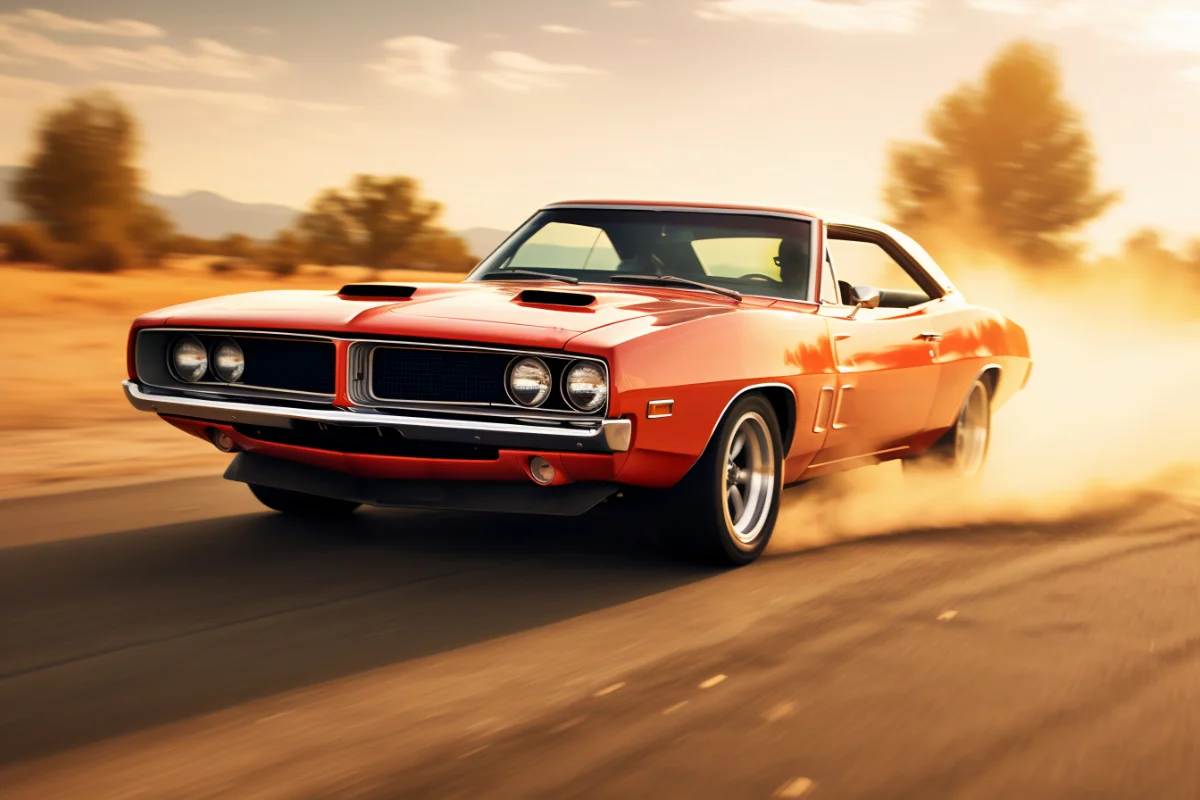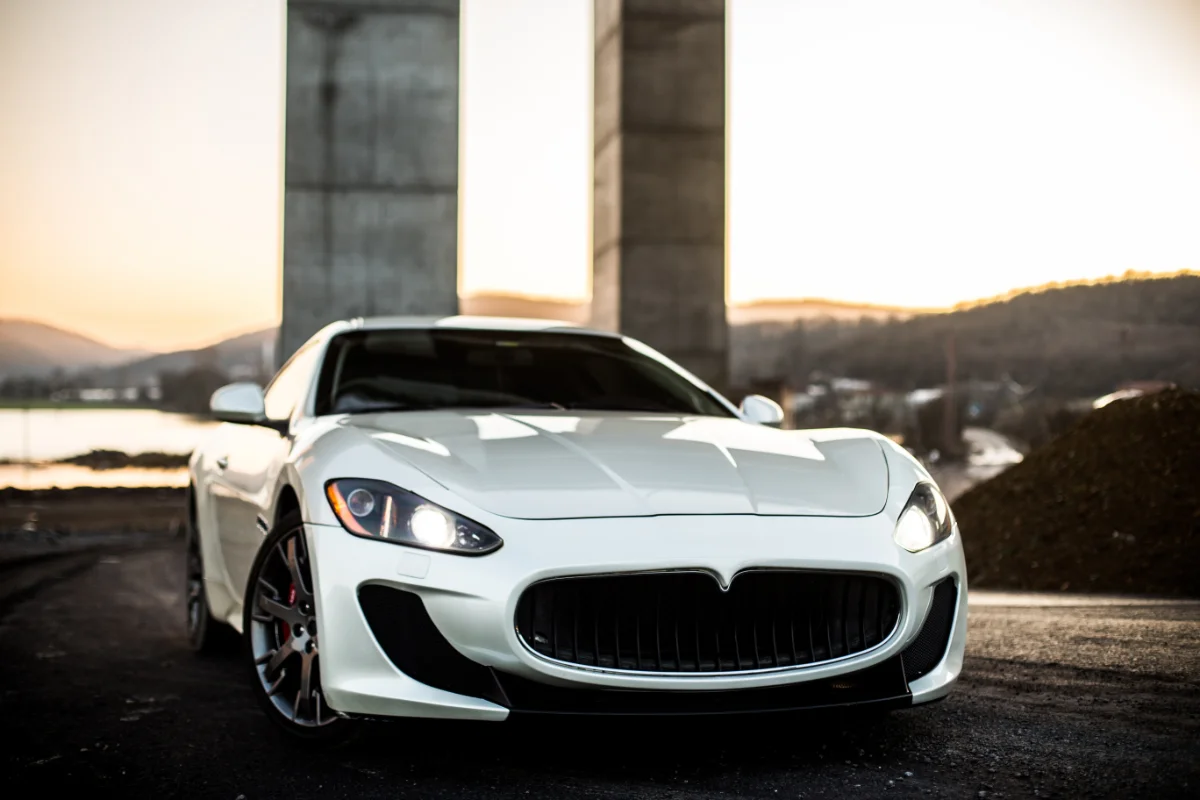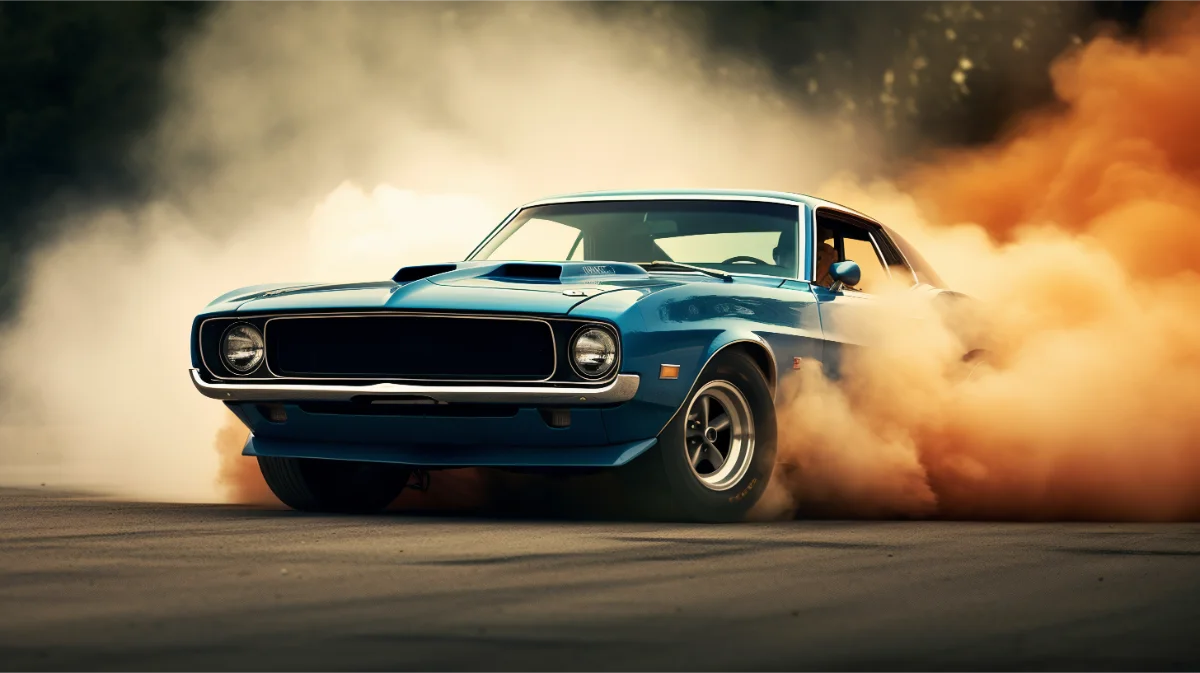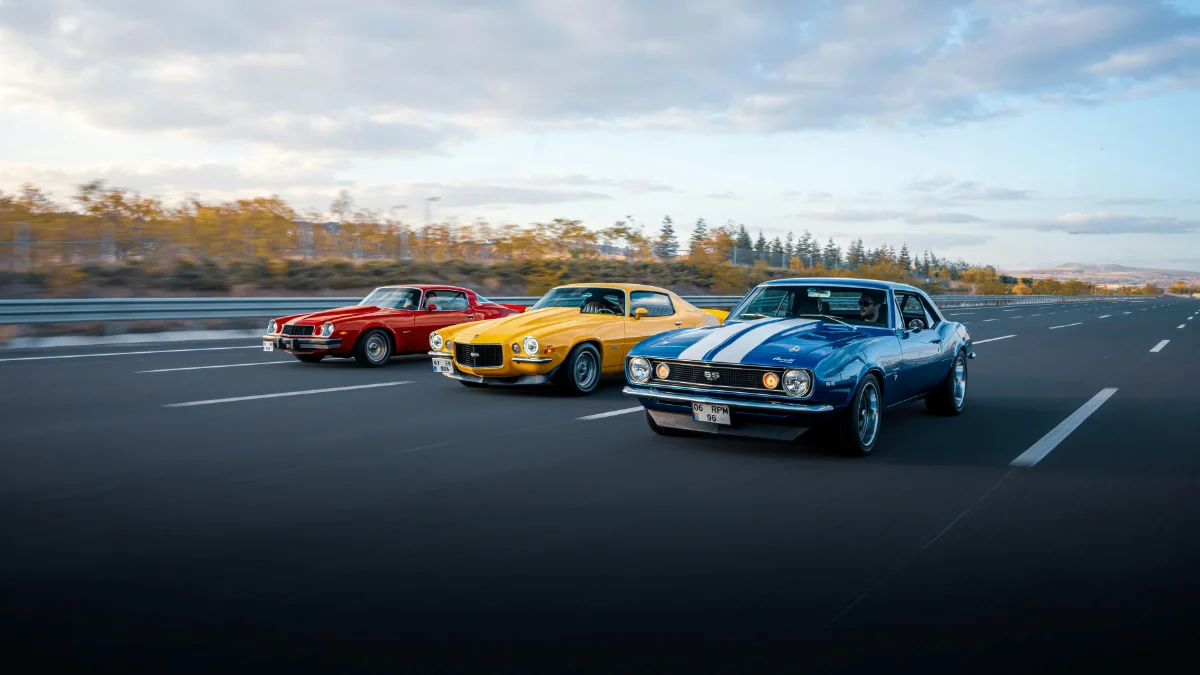
Muscle Cars vs. European Sports Cars: Which is Better?
For decades, a fierce showdown has ignited between American muscle cars and European sports cars. Both beasts roar with high performance, delivering adrenaline-pumping acceleration and unforgettable driving escapades. Yet, their paths diverge in engineering philosophy, driving dynamics, and cultural allure.
Do you crave the unbridled power of a Mustang or Dodge Challenger? Or do you yearn for a Porsche or Ferrari’s sleek precision and agility? This guide is your roadmap, comparing muscle and European sports cars, helping you uncover which ride aligns with your passion.
We must dive into their essence to truly grasp the differences between these two high-performance machines. We’ll explore engine power that roars and handling that dances on the road. The design captures the eye, while affordability weaves practicality into the passion. Let’s not forget the cutting-edge technology that enhances every journey. Finally, we’ll dissect the overall driving experience to find which best matches your style. Buckle up, and let’s hit the road to discovery!

Defining Muscle Cars & European Sports Cars
What Are Muscle Cars?
Muscle cars are typically American-made, high-performance vehicles with large-displacement V8 engines, rear-wheel drive, and a focus on straight-line speed. Born in the 1960s and 1970s, muscle cars became a symbol of raw horsepower, affordability, and bold styling. They are often used in drag racing and street performance driving.
Key characteristics of muscle cars:
- Powerful engines (usually V8s) with high torque output.
- Bold, aggressive styling featuring long hoods and wide stances.
- High horsepower and torque for blistering straight-line acceleration.
- Affordable performance compared to exotic European models.
- Heavy, sturdy builds, which enhance durability but affect cornering ability.
- Classic American brands include the Ford Mustang, Chevrolet Camaro, and Dodge Challenger.
What Are European Sports Cars?
European sports cars prioritise balance, handling, and precision engineering. They are designed for twisty roads, track performance, and an engaging driving experience. European automakers focus on lightweight construction, aerodynamics, and finely tuned suspensions to deliver maximum agility.
Key characteristics of European sports cars:
- Lightweight chassis and aerodynamic design for optimal agility.
- Turbocharged or naturally aspirated engines with high-revving characteristics.
- Precision steering and advanced suspension setups for superior handling.
- Luxurious interiors featuring high-end materials and cutting-edge technology.
- Track-ready performance allows a seamless transition between daily driving and high-speed racing.
- Iconic brands like Ferrari, Porsche, BMW M Series, and Aston Martin.

Key Comparisons: Muscle vs. European Sports Cars
Performance & Driving Experience
- Muscle Cars: Known for brutal acceleration and high horsepower, muscle cars deliver an exhilarating straight-line performance but may struggle in tight corners due to their heavier weight.
- European Sports Cars: Built for precision handling, agility, and balance, European sports cars excel on twisty roads and racetracks, offering responsive steering and tight cornering.
Engine & Power Output
- Muscle Cars: Typically equipped with large V8 engines ranging from 400 to 800 horsepower, producing massive torque and an aggressive exhaust note.
- European Sports Cars: Feature turbocharged, supercharged, or naturally aspirated engines, focusing on smooth power delivery, high RPMs, and track-ready responsiveness.
Design & Build Quality
- Muscle Cars: Bold, aggressive designs with long hoods, wide bodies, and large grilles for a dominating presence on the road.
- European Sports Cars: Sleek, aerodynamic bodies crafted from lightweight materials like carbon fibre and aluminium, contributing to better fuel efficiency and handling.
Handling & Agility
- Muscle Cars: Prioritise straight-line performance over nimble handling, though modern models (like the Ford Mustang Shelby GT500) incorporate improved suspension and aerodynamics.
- European Sports Cars: Feature precise steering, near-perfect weight distribution, and aerodynamic enhancements, providing exceptional control on both roads and tracks.
Cost & Value for Money
- Muscle Cars: Offer more affordable performance, allowing enthusiasts to experience high horsepower without spending six figures.
- European Sports Cars: Generally more expensive, but provide luxury, cutting-edge technology, and superior engineering.
Popularity & Cultural Significance
- Muscle Cars: Embody American car culture, drag racing, and rebellious freedom. They are often featured in movies, pop culture, and car enthusiast communities.
- European Sports Cars: Represent sophistication, engineering excellence, and motorsport heritage. Brands like Ferrari and Porsche dominate global racing competitions.

Modern Advancements: Are Muscle Cars Catching Up?
Traditionally, muscle cars lagged behind European sports cars in terms of handling and efficiency, but modern technology has narrowed the gap. Some key advancements include:
- Adaptive Suspension: Newer muscle cars now feature adaptive magnetic ride control, allowing them to adjust suspension stiffness dynamically.
- Turbocharged & Supercharged Variants: Modern muscle cars offer forced induction engines, increasing horsepower without significantly increasing engine size.
- Hybrid & Electric Muscle Cars: The Dodge Charger Daytona SRT EV introduces an all-electric muscle car concept, competing with European electric performance cars like the Porsche Taycan.
Which One Should You Choose?
Buy a Muscle Car if…
- You want big horsepower at a lower price.
- You enjoy classic American car heritage and aggressive styling.
- You prioritise straight-line speed and raw power.
- You seek a bold, road-dominating presence.
- You prefer easier maintenance and aftermarket upgrades.
Buy a European Sports Car if…
- You want precision handling and track-ready performance.
- You value luxury, technology, and lightweight engineering.
- You enjoy refined driving dynamics and responsive steering.
- You are willing to invest in premium quality and innovation.
- You prefer a car that performs exceptionally in all road conditions.
Raw Power or Precision? Choosing Between Muscle Cars & European Sports Cars!
Muscle cars and European sports cars each have their charms and challenges. A muscle car shines if raw power and bold styling fuel your passion. It offers thrilling performances without breaking the bank. Conversely, European sports cars excel if you value precision handling and advanced technology. Their agile driving experience puts the thrill in your hands. Choose wisely, and let your heart steer the way.
Ultimately, the perfect pick hinges on your driving passions, budget, and what makes your heart race. Are you captivated by the thunderous V8 growl of a muscle car or the meticulous mastery of a European sports car? Both choices promise an exhilarating journey. So, where do you stand?


